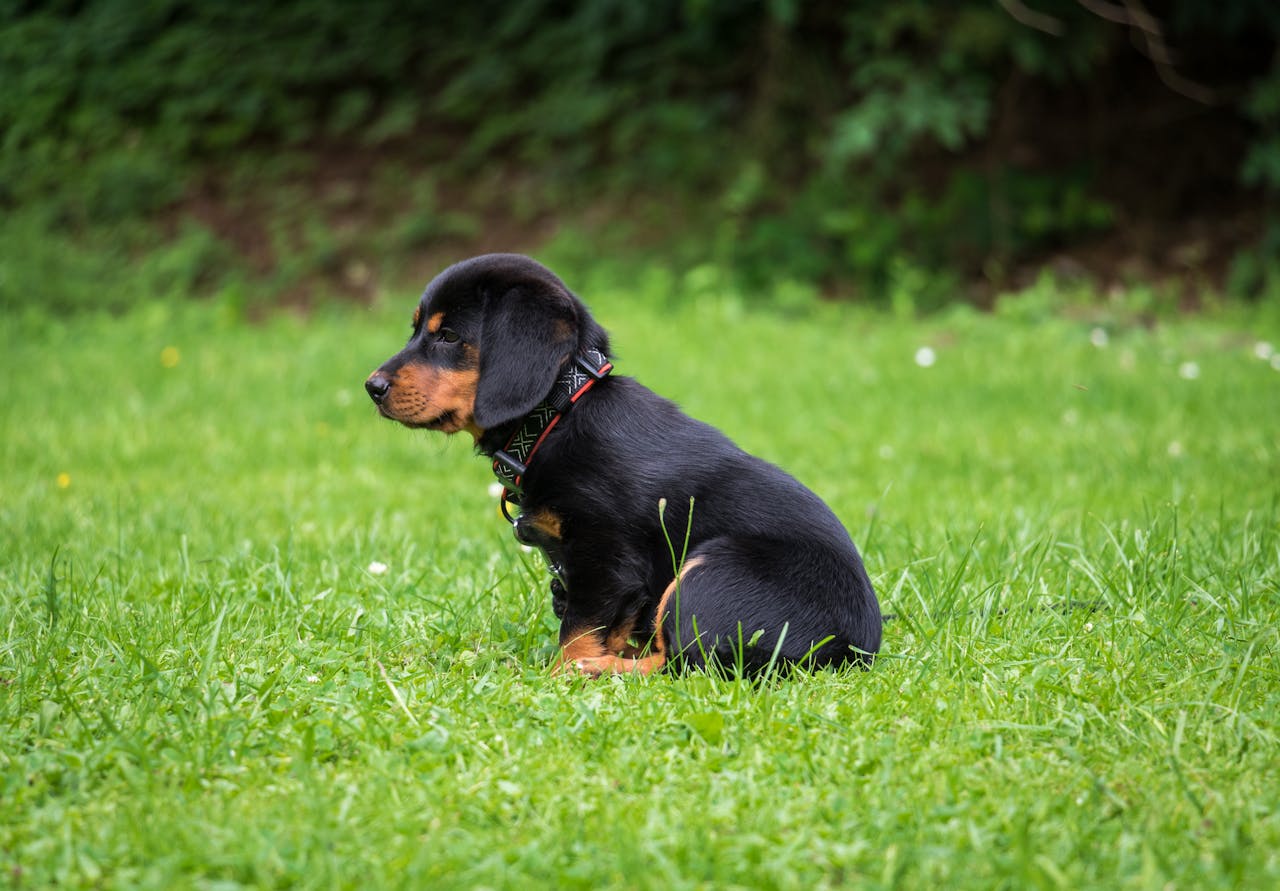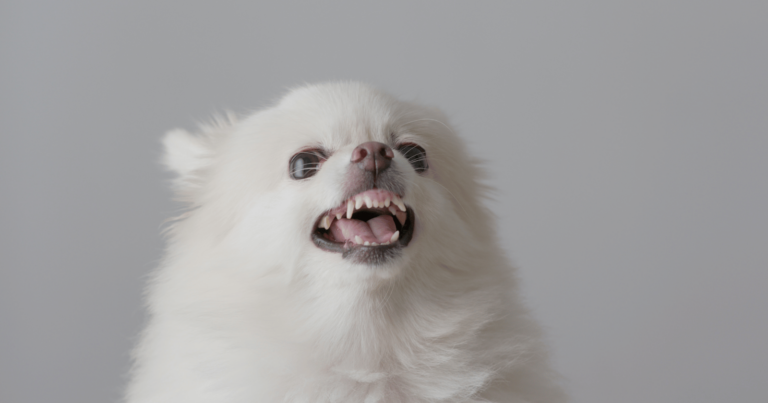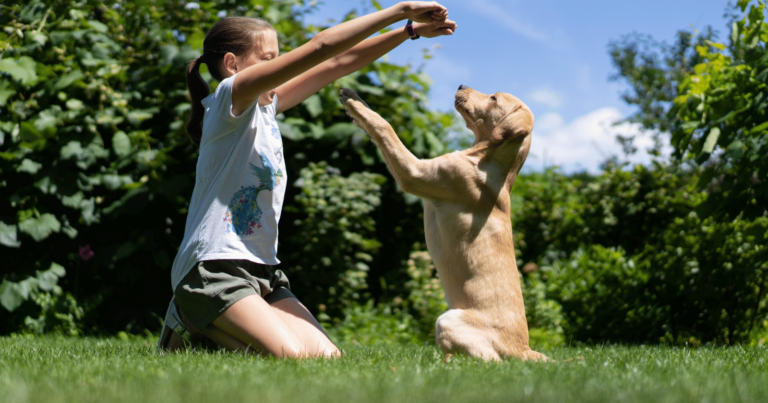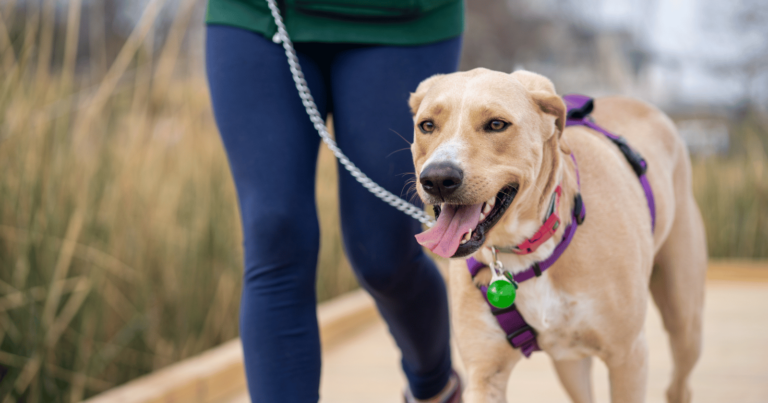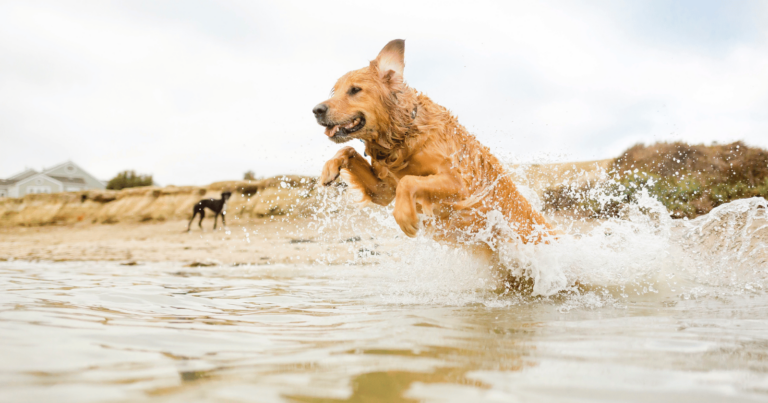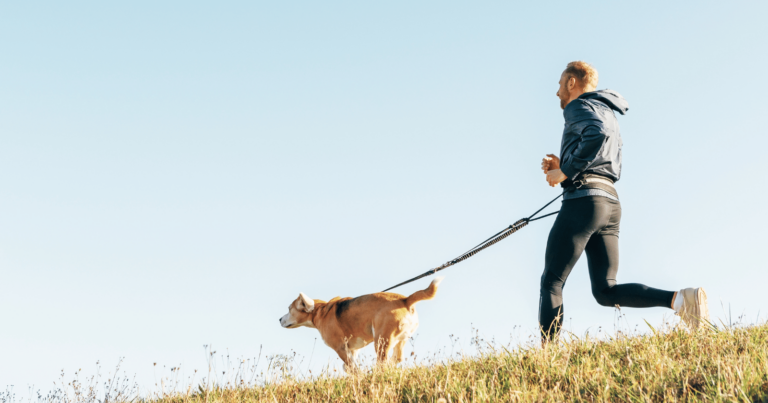There’s a big difference between forcing your dog to potty train and teaching them in a way that they understand and cooperate.
The difference boils down to communication.
Forcing your dog into potty training is about demanding an action without considering their comfort or understanding.
Teaching them, on the other hand, involves patience, understanding, and positive reinforcement.
It’s all about showing them the right way to do things, while giving them the choice to learn at their own pace.
Here are some key steps to incorporate into your potty training routine to ensure you’re teaching your pup effectively.
1. Patience is key
There aren’t many things more testing to one’s patience than potty training a puppy.
And every dog owner knows the importance of maintaining calm.
Often, you’ll be confronted with a situation where your pup has made a mess, despite numerous training attempts.
It can be incredibly frustrating and you might wonder when they’ll finally learn.
Welcome to the world of potty training.
Potty training is a process that requires consistent effort and, most importantly, patience.
The basic idea is that your dog needs time to understand what’s expected of them.
When faced with repeated accidents, it’s easy to lose patience and resort to anger.
But the key is to remember that your pup is still learning and it’s our job to guide them.
2. Establish a routine
I can’t stress this enough – routine is everything when it comes to potty training.
In my own experience, I found that my retriever, Bella, responded best to a clear and consistent routine.
As a puppy, she had a smaller bladder and needed to go out more often.
So, I established specific times for her to do her business – first thing in the morning, after meals and playtimes, and right before bedtime.
I quickly realized that Bella began to understand these set times.
She even started to go to the door herself when it was time.
This didn’t happen overnight, of course.
It took consistency, patience, and a few carpet clean-ups.
But in the end, it paid off.
Establishing a routine not only gives your pup an understanding of when it’s time to go but also provides them with a sense of security.
They know what to expect and when to expect it.
3. Use positive reinforcement
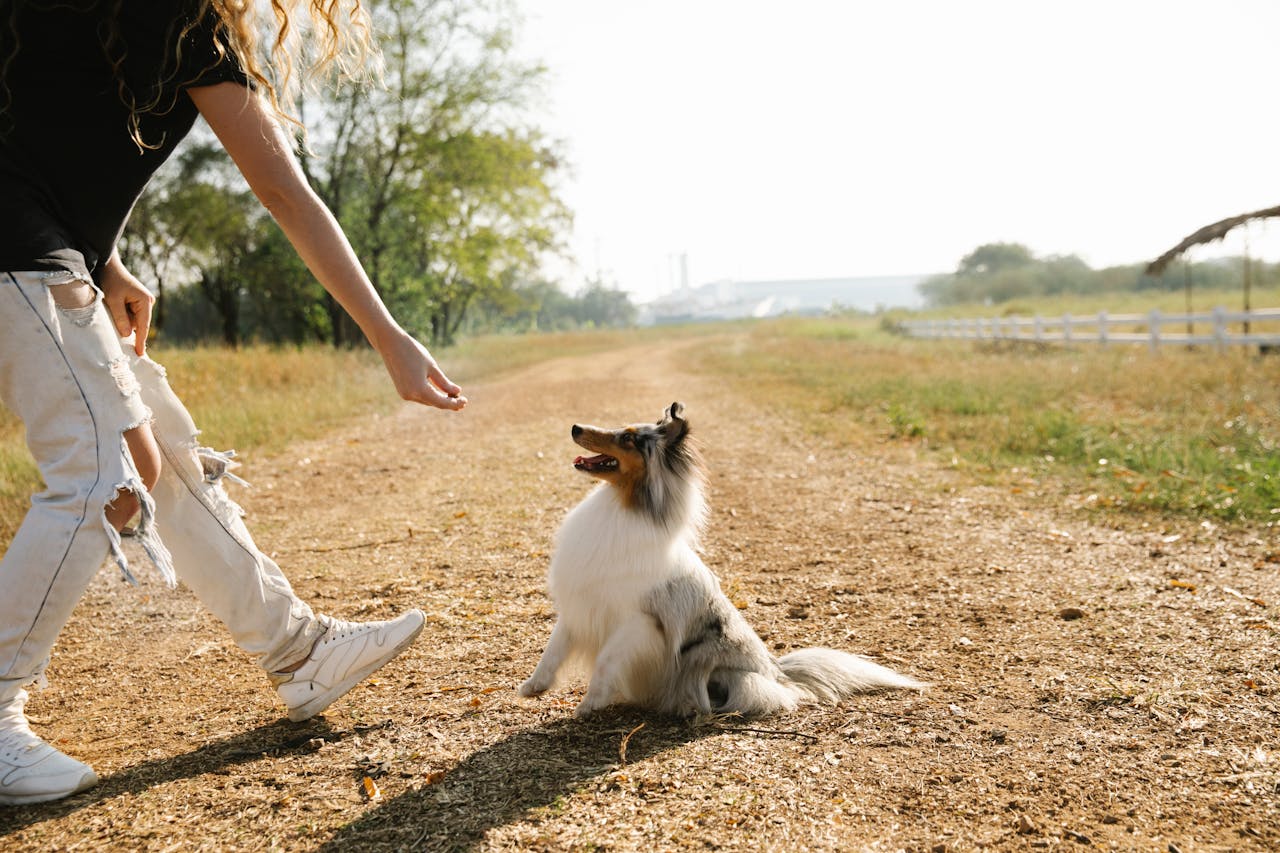
Dogs, much like humans, respond well to praise and rewards.
In the field of psychology, there’s a term known as “operant conditioning,” which means an individual’s behavior is modified by its consequences.
The same concept applies to dogs.
When your dog successfully does their business outside, giving them a treat or lots of praises encourages them to repeat this good behavior.
It’s their way of understanding that they did something right and that they should do it again.
This technique has been proven so effective that it’s not just used for potty training but also for teaching dogs various tricks and good manners.
So next time your pup follows the potty rules, remember to shower them with love and their favorite treats.
It could make your potty training journey a whole lot smoother.
4. Provide clear signals
It’s crucial that your dog understands exactly what you want from them.
In my experience, I found that using a specific phrase or signal each time my pup needed to go out helped her understand when it was time to do her business.
I chose the phrase “go potty,” used consistently each time we headed outside for a bathroom break.
Over time, my pup began to associate this phrase with the action of going outside to relieve herself.
Related Stories from Black Pearl Dogs
It got to the point where, on hearing the words “go potty,” she would head straight to the door, ready to go out.
This technique can be incredibly helpful in speeding up the potty training process.
5. Choose the right spot
Location, location, location – it’s not just important in real estate!
When it comes to potty training your puppy, finding a consistent spot for them to do their business can make all the difference.
Dogs, by nature, are creatures of habit.
They feel more comfortable and confident when they have a specific routine and place to follow.
By designating a certain spot in your yard or nearby park as their ‘bathroom’, you’re helping them understand where it’s acceptable to relieve themselves.
Remember, the scent left behind by your dog will encourage them to go in the same spot again.
This is because dogs often use their sense of smell to determine where they should go.
6. Show understanding and empathy

We all have accidents.
It’s a part of life.
And for your puppy in the midst of potty training, accidents are bound to happen.
It’s important to remember, in those moments of frustration, that your puppy is still learning.
They don’t always understand what’s expected of them, and sometimes they just can’t hold it in.
It’s not their fault.
In these situations, it’s crucial to show understanding and empathy.
Your puppy is not having an accident to spite you.
They’re not doing it because they’re bad.
They’re doing it because they’re still learning, still growing.
Reacting with anger or harsh punishment can cause fear and confusion, which may even set back the training process.
Instead, take a deep breath, clean up the mess, and remember that this is just a part of the process.
Showing your pup empathy during these moments will not only help maintain a strong bond between you two but also create a more positive learning environment.
7. Be proactive
Potty training isn’t a passive process.
It requires active participation and anticipation.
You need to be aware of your puppy’s signals and act on them promptly.
Dogs often exhibit certain behaviors when they need to go.
These can include pacing, sniffing around more than usual, or even heading towards the door.
Being able to recognize these signs and act on them quickly can make a huge difference in your potty training journey.
Puppies have small bladders and often can’t hold it in for long.
So, the moment you notice these signs, it’s time to take action.
It’s all about connection
The essence of successful potty training, and indeed any form of training, goes beyond the techniques and tips we employ.
It’s intricately tied to the bond we share with our furry companions.
This bond is not just about companionship but also about communication and understanding.
It’s about recognizing their signals, responding to their needs, and guiding them through the process with patience and consistency.
For our dogs, our approval matters.
Our joy becomes their joy.
So when they successfully do their business in the right spot and see us respond with praise and treats, it strengthens not just their understanding of what’s expected but also our bond with them.


